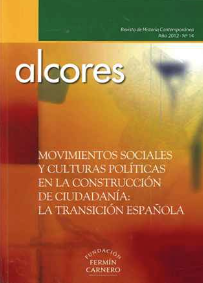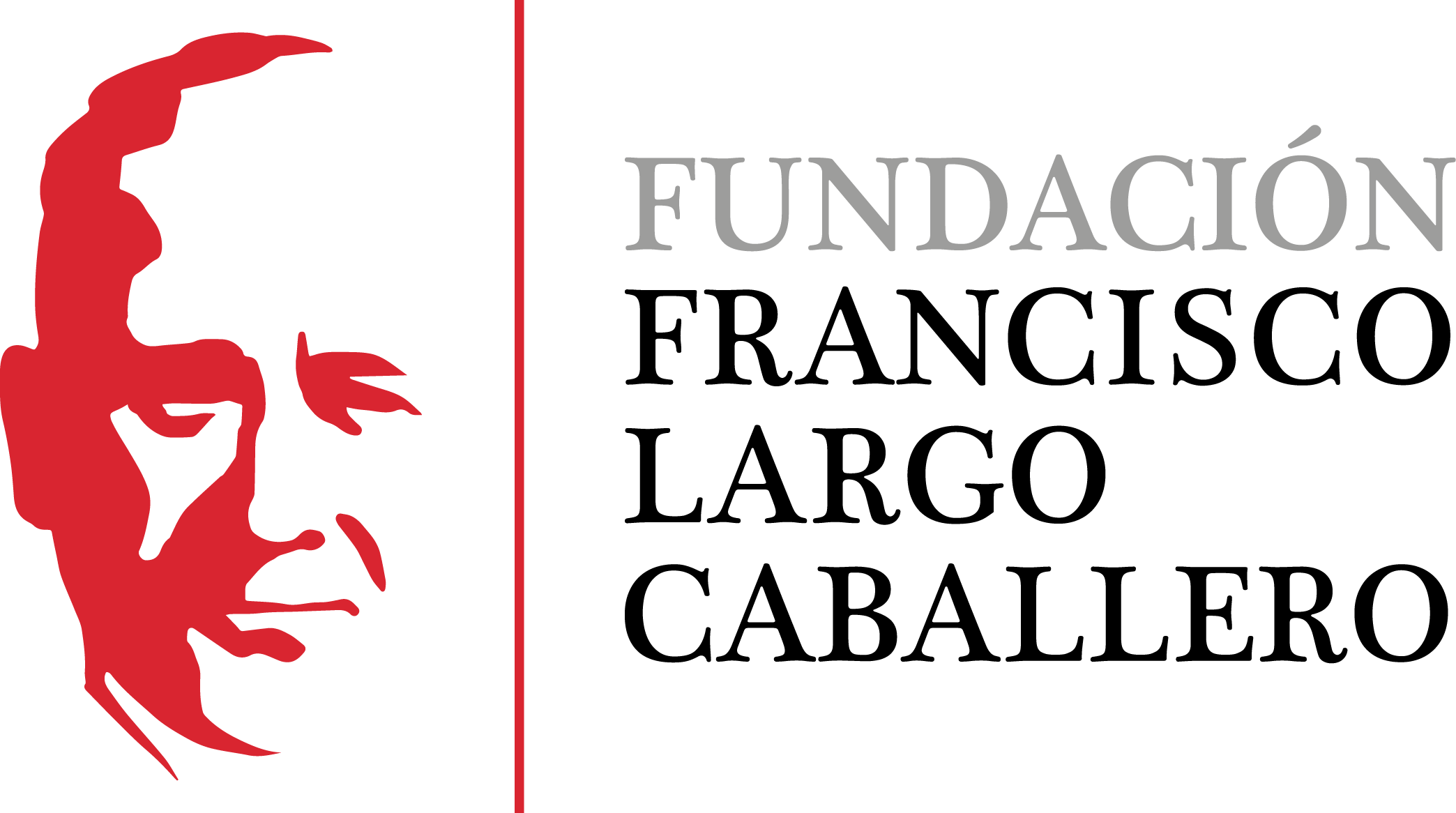New studies on the history of the labour conflicts in Andalusia (1750‑1982)
DOI:
https://doi.org/10.69791/rahc.141Keywords:
Labour conflicts, Andalusian historiography, reformism, class actions, collective actions, socialism and syndicalismAbstract
The history of the working conflicts in Andalusia has experienced a considerable advance. They know well the mechanisms of action, their motivations and the comparative history through its relationship to what happened in Spain and Western Europe. Against the primitiveness or backwardness traditional, new interpretations are more complex, beyond the vision of class struggle and demonstrate its standardization in the process of democratization and modernization interrupted by the Franco regime. The study of the labour conflicts Andalusia’s in the years sixty and seventy and in the Transition of the dictatorship to democracy has corroborated its approval to the Spanish and European model of industrial conflict. Following the introduction presents the theoretical approach Andalusian labour disputes, his evolution until the Civil War so much in rural and urban areas as mining, and closes with the labour conflicts in the Franco regime and the Transition to democracy and conclusions.
Downloads
Global Statistics ℹ️
|
69
Views
|
21
Downloads
|
|
90
Total
|
|
Downloads
Published
How to Cite
Issue
Section
License
Copyright (c) 2013 Luis Garrido González

This work is licensed under a Creative Commons Attribution 4.0 International License.
Alcores is an open-access journal. It provides unrestricted access to its content from the moment of publication. We respect intellectual property rights, and for this reason, the author retains the copyright. All content is distributed under a Creative Commons Attribution 4.0 International (CC BY 4.0) license. The terms of the license can be consulted at: https://creativecommons.org/licenses/by/4.0/
This license allows sharing (copying and redistributing the material in any medium or format) and adapting (remixing, transforming, and building upon the material for any purpose), provided that authorship and first publication in this journal are properly credited, a link to the license is included, and any changes made are indicated.
This type of license facilitates the freedom of reuse and ensures that the content of this journal can be used to meet research needs.





